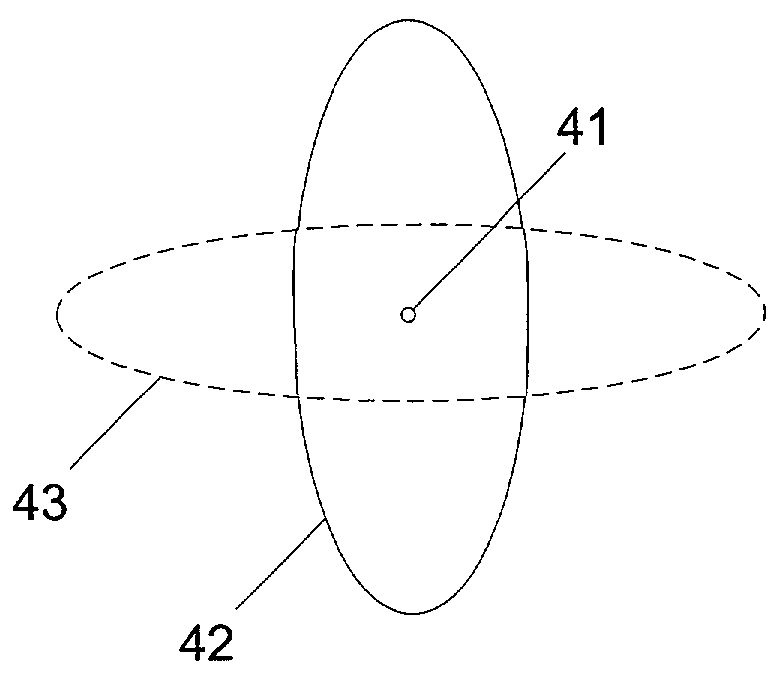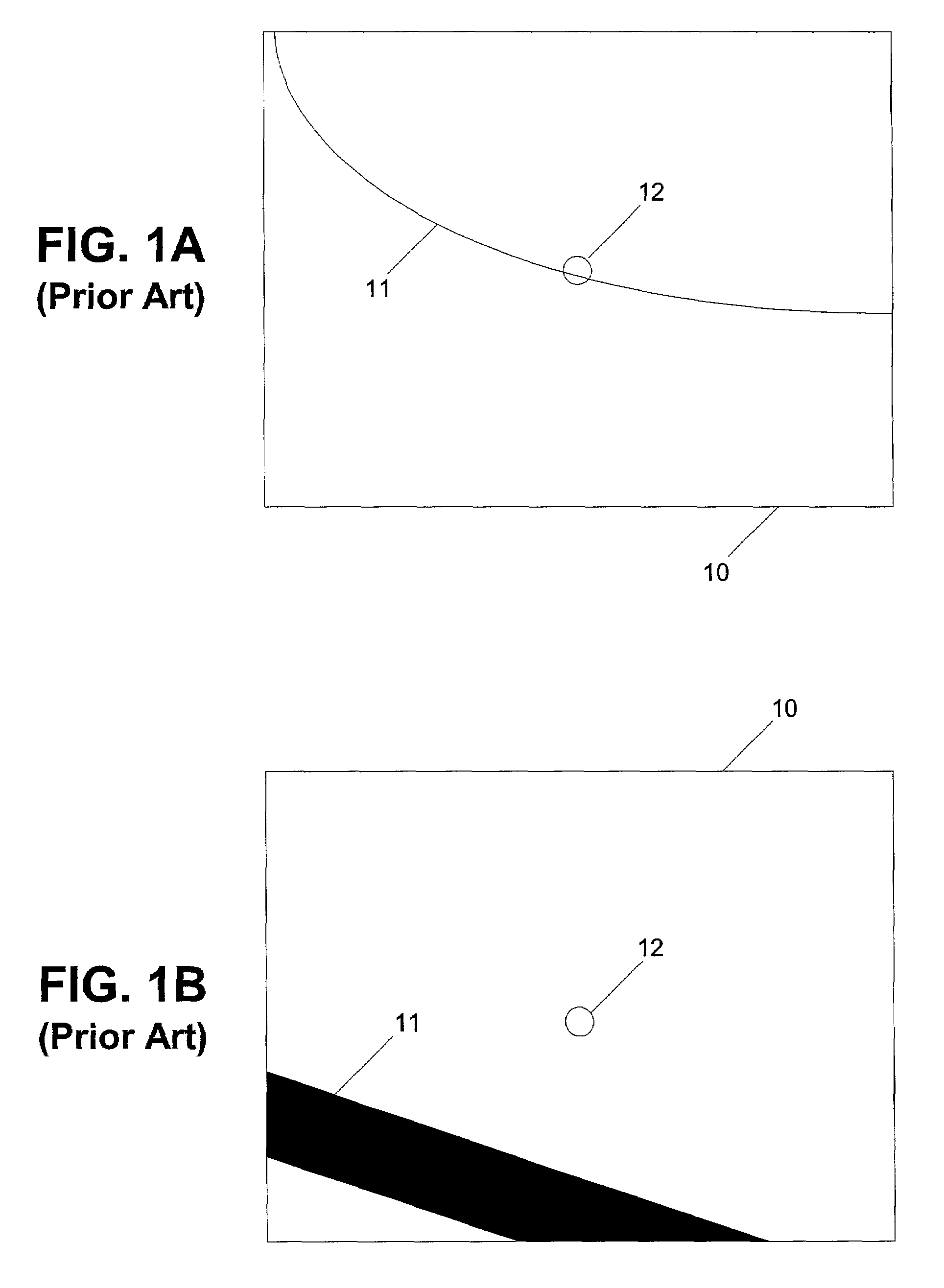Method for navigating in a multi-scale three-dimensional scene
- Summary
- Abstract
- Description
- Claims
- Application Information
AI Technical Summary
Problems solved by technology
Method used
Image
Examples
Embodiment Construction
[0021]Embodiments of the present invention relate to user-friendly 3D displays. The embodiments use reference shapes, which track the shapes of the 3D objects under observation, to limit the movement of the points of interest (POI) in performing the user-requested operations (translation, rotation, and zooming). The reference is related to the 3D object in a sense that it may have a shape similar to that of the 3D object and / or its dimension may track that of the 3D object. Furthermore, the coordinates of the reference shapes are linked with the corresponding 3D objects such that they move in concert on the 3D displays. These embodiments are most suitable for, but not limited to, displaying 3D objects that have disproportionate dimensions, e.g., the trajectory of an oil well, which typically spans up to a mile in length and yet has a diameter less than one foot. Such disproportionate dimensions make it necessary for a user to frequently zoom out to keep track of the orientation and ...
PUM
 Login to View More
Login to View More Abstract
Description
Claims
Application Information
 Login to View More
Login to View More - R&D
- Intellectual Property
- Life Sciences
- Materials
- Tech Scout
- Unparalleled Data Quality
- Higher Quality Content
- 60% Fewer Hallucinations
Browse by: Latest US Patents, China's latest patents, Technical Efficacy Thesaurus, Application Domain, Technology Topic, Popular Technical Reports.
© 2025 PatSnap. All rights reserved.Legal|Privacy policy|Modern Slavery Act Transparency Statement|Sitemap|About US| Contact US: help@patsnap.com



